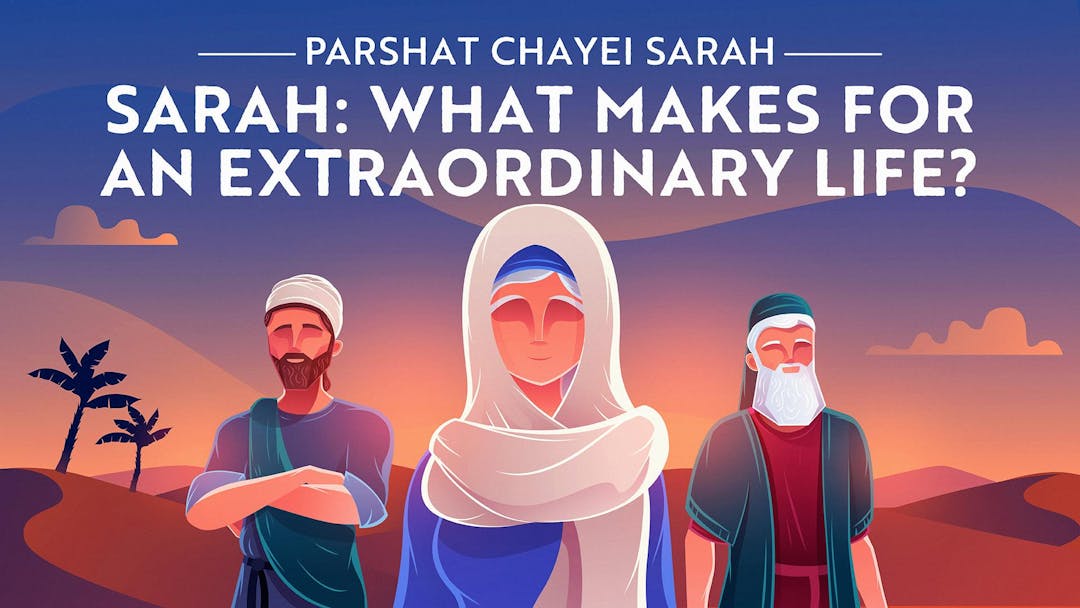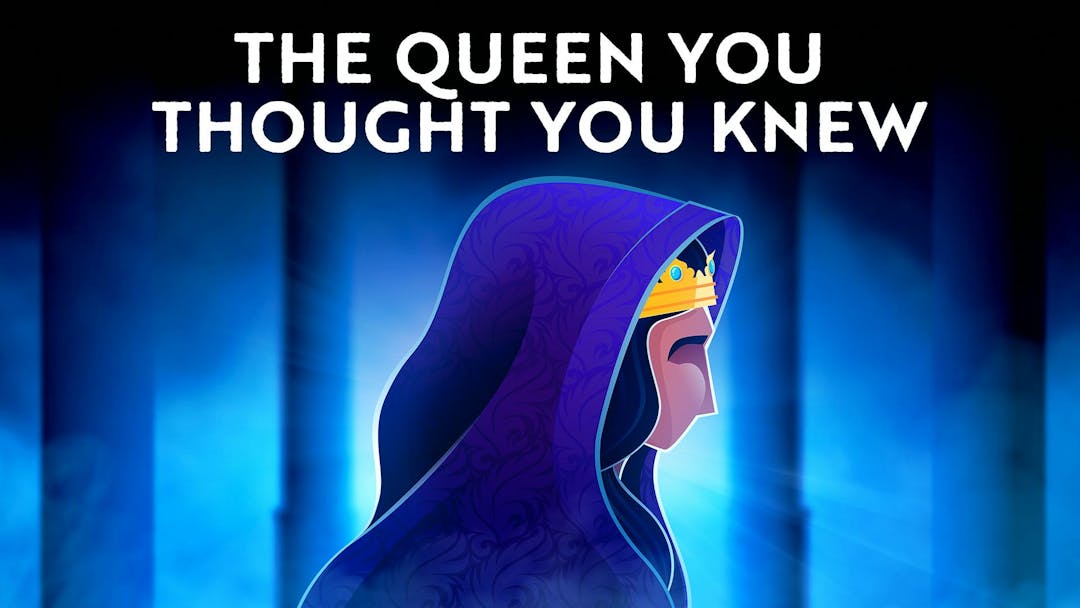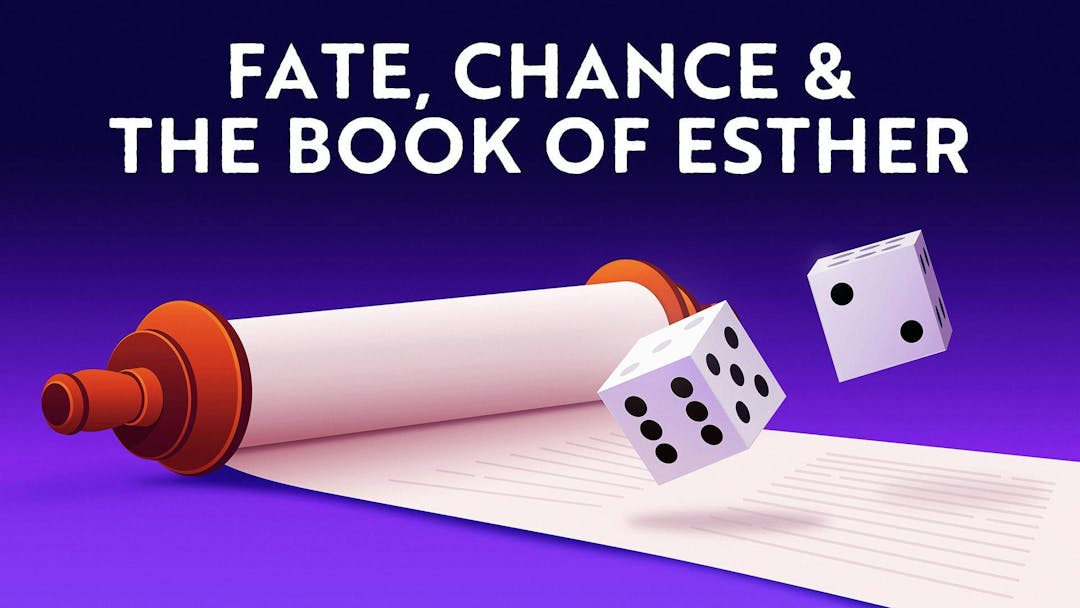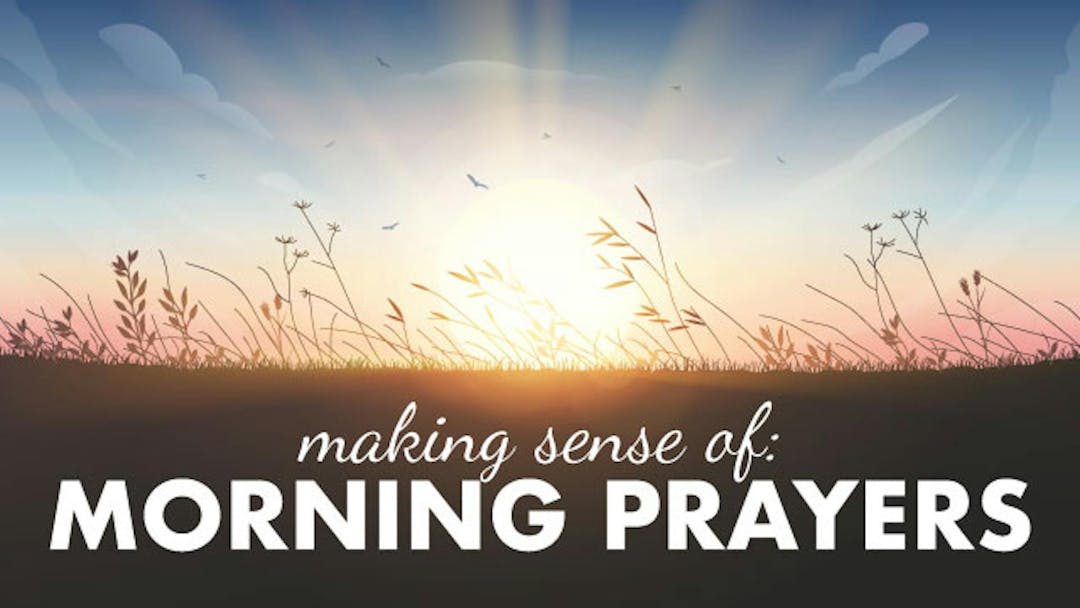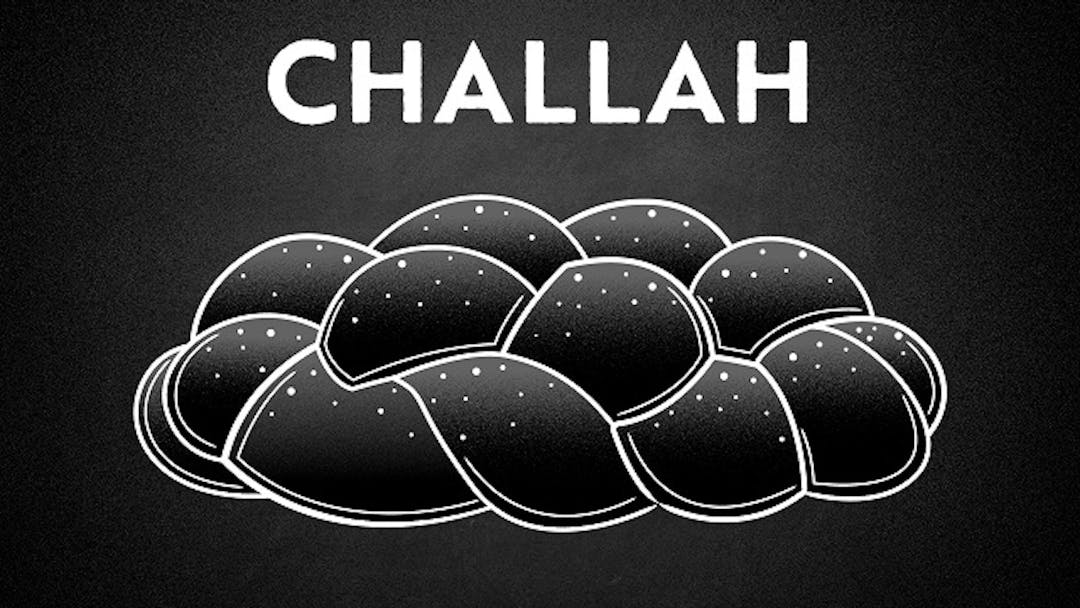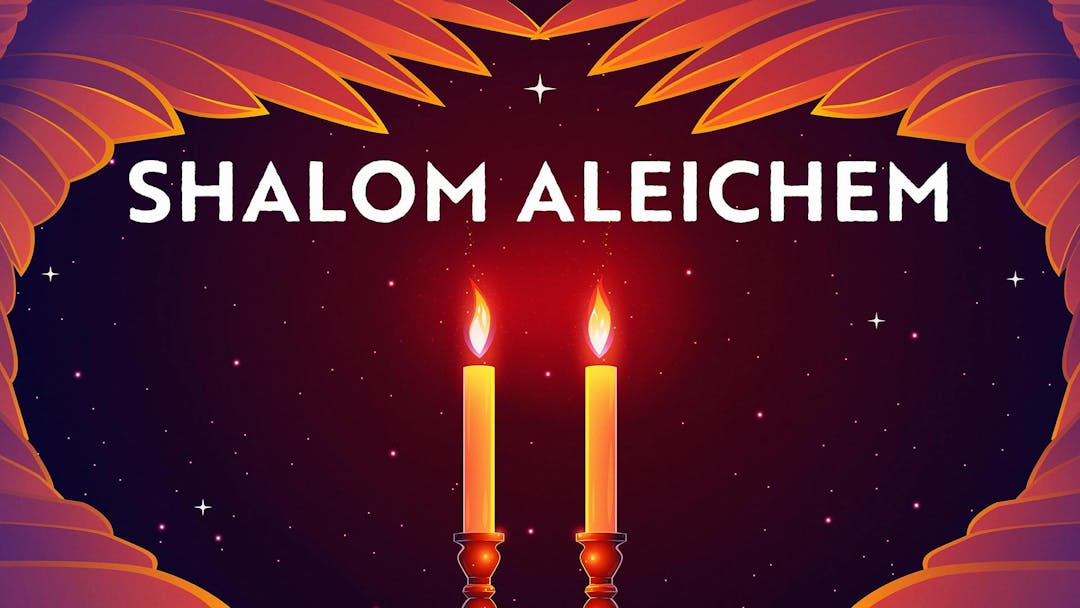Start your free trial today to unlock the full library and enjoy unlimited and uninterrupted access.
Get StartedSarah, Esther, and Rabbi Akiva’s Riddle
The Bond Between Sarah And Esther
Parshat Chayei Sarah – which translates to “The Life Of Sarah” – tells us that Sarah lived to the age of 127. It seems like mere trivia, the kind of thing that you forget as quickly as you read it.
But Rabbi Akiva, the great sage of the Talmud, noticed something curious… that this number, 127, pops up in one other place in the Bible: It’s the number of provinces in the Persian empire in the days of Achashverosh and Queen Esther.
Clearly, it’s got to be a coincidence, right? What could Sarah’s age possibly have to do with Persian provinces? But Rabbi Akiva doesn’t think it’s mere coincidence – and after watching this video, you might not either.
What is Aleph Beta?
Aleph Beta is a unique kind of Torah library. Led by our founder, Rabbi David Fohrman, we are dedicated to high-level, textual Torah learning for adults that is intellectually and spiritually sophisticated, that enlivens your Jewish practice and helps you forge a deeper connection to God. Whether you’ve been learning in yeshiva for years or you’re just beginning your Torah journey, you’re sure to find something meaningful and surprising waiting for you here.
Browse our library of over 1,000 beautifully produced animated videos, podcasts, deep dive courses, and printable guides. Topics include the weekly parsha, Jewish holidays & fast days, laws & mitzvot, prayers, relationships, big philosophical ideas and more. Have something to say at the Shabbos table that will amaze your family and guests and bring deep meaning into their lives.
